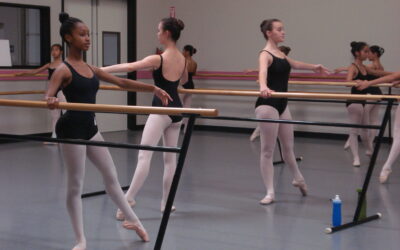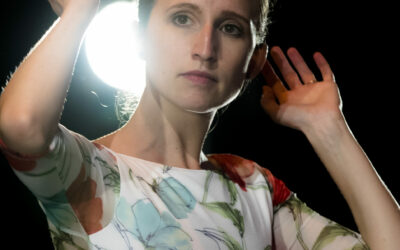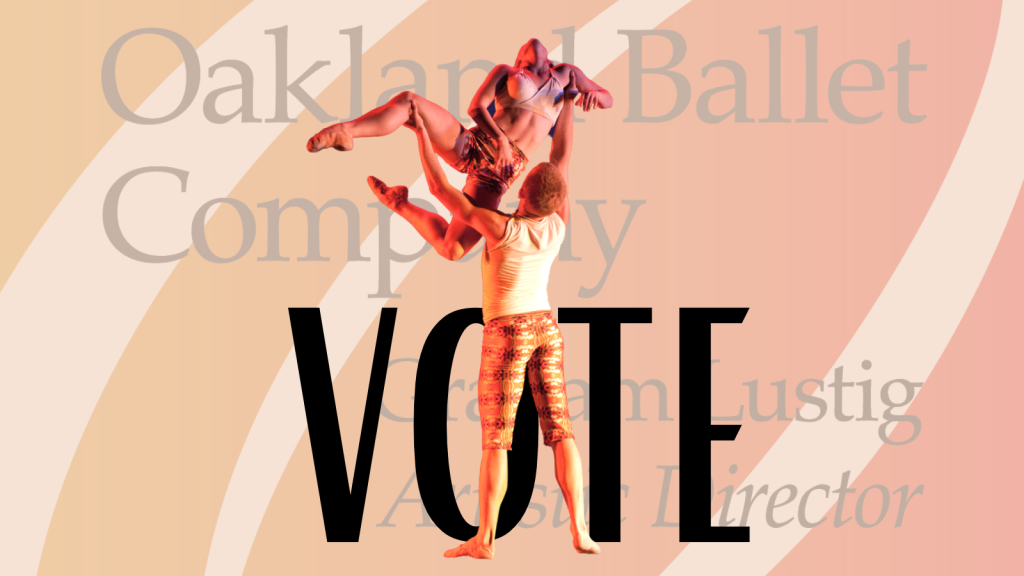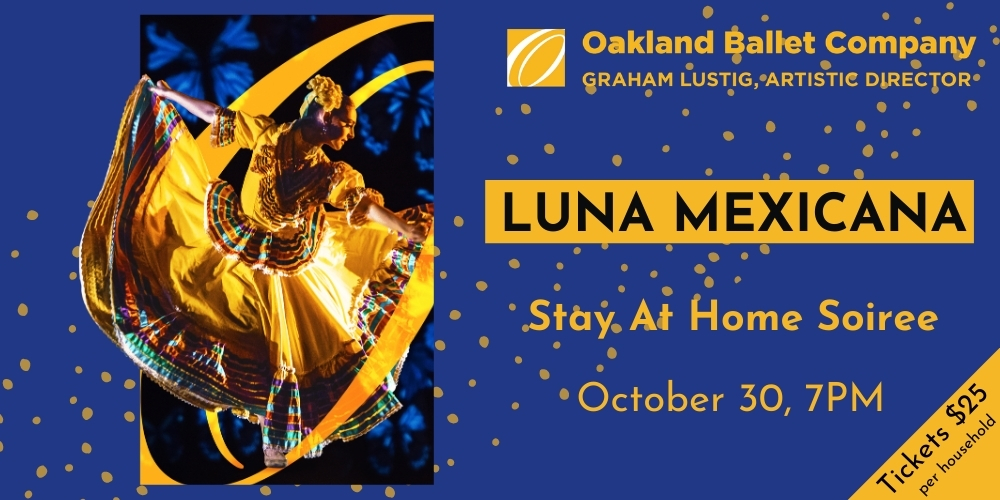If plie is the first step learned, and the last one mastered, then there is no escaping the simplest concepts in ballet.
Connecting body and mind is every dancer’s challenge, and making sense of the feeling behind a picture-perfect pose is every teacher’s task. Oftentimes, an offbeat metaphor helps.
“I was telling them to imagine that they were holding marshmallows,” said Vivian Aragon, recalling a recent moment reviewing port de bras.
Aragon teaches Oakland Ballet Company’s Saturday classes, and the imaginary marshmallows – belonging in a light touch between thumb and middle finger – came up as an example for intermediate students.
New to the company this season, an injury to her Achilles tendon early on in rehearsals for Graham Lustig’s The Nutcracker kept Aragon off stage this December. But she was healthy in time to start teaching the spring semester of OBC’s Saturday classes, held weekly at the Oakland School for the Arts.
For the Guatemalan-born and Pacifica, California-raised Aragon, teaching is as much a part of her dance career as performing. Her first experience leading a class was at the age of 15, as an assistant in the same studio where she had started her training.
“It was a small school,” said Aragon, who took her first general dance class at age three and started to focus on ballet at age five.
“I was really involved with everything there,” Aragon added. “Later on, in high school, I started teaching my own classes.”
By the time she was at Purchase College, State University of New York, pursuing a BFA in dance and BA in art history, Aragon knew she had found a career path in ballet.
In New York, it didn’t take long for her to find herself again at the front of the class, demonstrating combinations and teaching ballet to non-majors.
“I like teaching because I feel like I’m making a difference in the world,” said Aragon, reflecting on her years of experience teaching and the large role it plays in her career. In addition to OBC, Aragon also teaches at Napa Valley Ballet and Rachel’s Ballet, which has three studios in Fremont and Dublin.
For her, success as a teacher isn’t measured by the number of students who go pro, but seeing ballet leave an imprint on their lives and personal development.
“My favorite part,” Aragon said, “is seeing students’ progress. Over time they are able to do things that they couldn’t before.”
Much of Aragon’s approach is anchored in the tradition of the Royal Academy of Dance (RAD). The worldwide organization is highly regarded in its method and structured curriculum.
Schools accredited by the RAD, like the one Aragon attended growing up, are examined once a year to review students’ development and training in the RAD style.
“The emphasis is on building strong technique,” Aragon said. “Start simply and build up to more complex steps when the students have the strength and understanding for it.”
Though she values RAD instruction and its principles, Aragon said she also tries to introduce students at OBC to other points of view.
The perspective of different techniques is something Aragon gained later in her career and is a benefit that she wants to pass on to her students.
A little flexibility in style as the instructor, Aragon added, helps her connect with young dancers. If the description for the correct way to hold a position is difficult for a student to grasp, Aragon will look for other ways to explain it until one makes sense.
That’s how marshmallows for port de bras become part of the lesson plan.
“I actually did bring marshmallows in for class one day,” laughed Aragon.
– Kate Fratar











